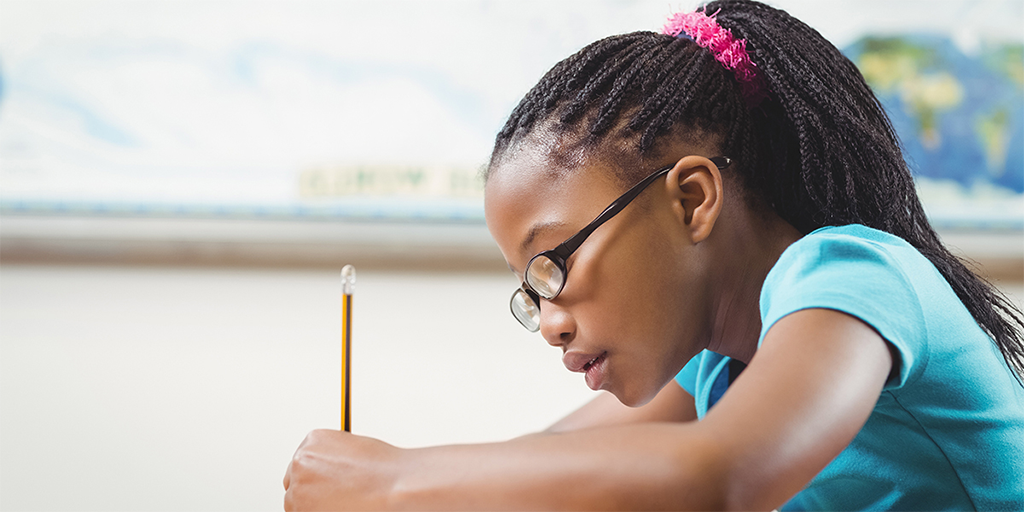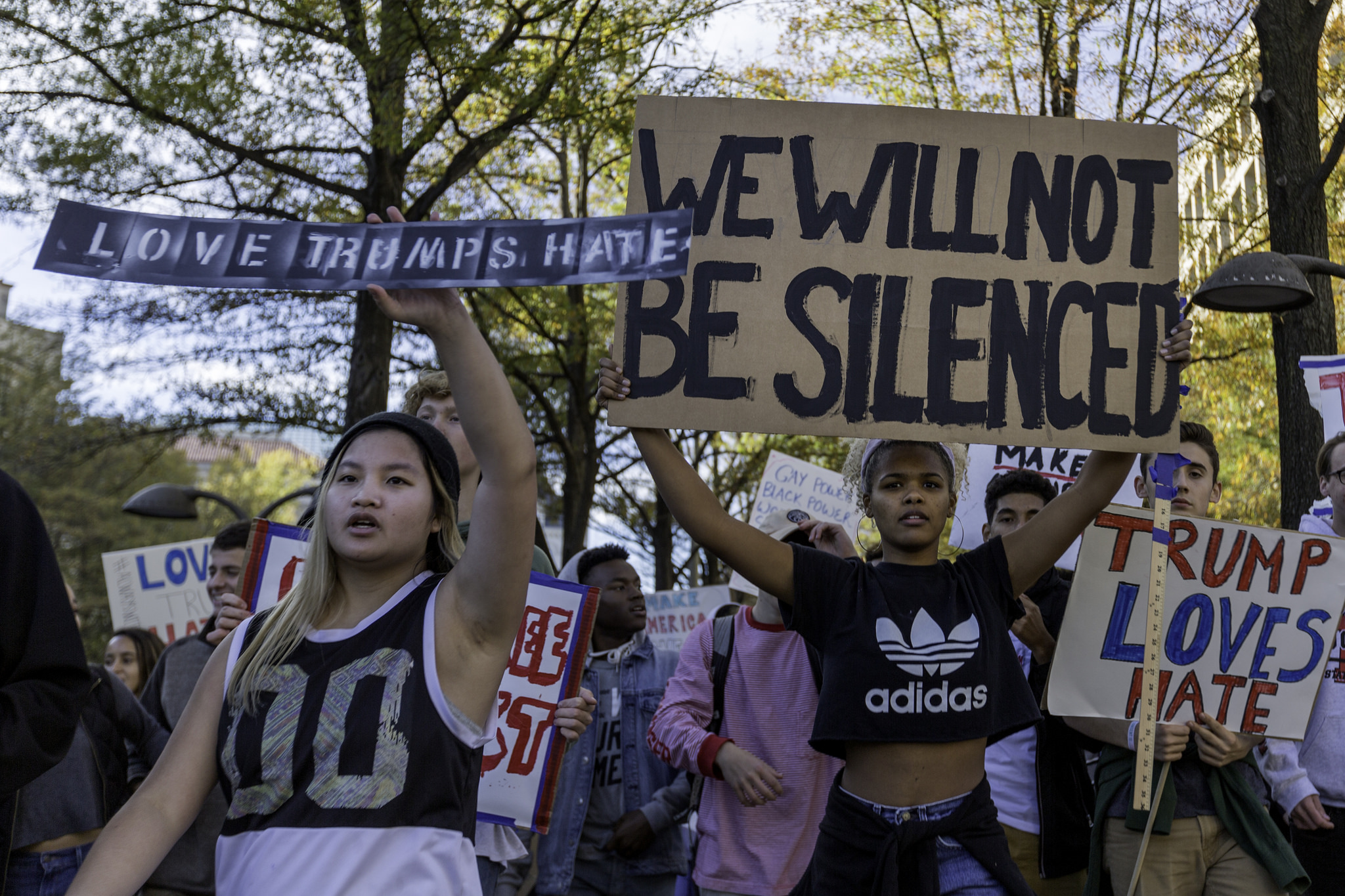Abortion rights, women of color, and LGBTQIA+ people are under attack. Pledge to join us in fighting for gender justice.
How Many Girls of Color are Really Pushed Out of School? It Could Be More Than We Thought


Public schools should be safe and welcoming learning environments for all students. But in reality, many are not. This is especially true for students of color who have been deliberately and systematically excluded from educational spaces since the inception of public schools in America.
Many of us have been sounding the alarm on disproportionate discipline practices that leave many students behind. A few months ago, the National Women’s Law Center released national, state and district discipline data for girls. The data reveals the sexism and racism that permeates American classrooms and affects students of color.
The most recently available data exposed our nation’s capital as one of the most egregious offenders of school pushout. In the 2013-14 school year, Black girls were nearly 18 times more likely than white girls to be suspended. For perspective, this means that in a classroom with 20 Black girls, two of them would have been suspended. There would have to be 167 white girls in a classroom for just one to be suspended. D.C. recently lauded a 40 percent reduction in school suspensions. However, a Washington Post article revealed that this reduction may not be what it seems.
The article suggests that several high schools sent daily messages to staff with a list of students who were not allowed on campus, few of those suspensions were recorded as suspensions. Sometimes, the students were marked as present, attending an “in-school-activity,” or absent. “In at least one case, a student was wrongly marked ‘unexcused absent’ so many times that she was summoned to truancy court.” In Washington, D.C. a student with more than 15 unexcused absences may be placed on probation, or even detained in a juvenile facility. D.C.’s practice is not only misleading, but can have detrimental long term educational, emotional, and economic effects.
Why is this important?
- Policies like D.C.’s increase the opportunity gap. Reducing school pushout and exclusion is important for many reasons. But the most important is that missing three or more days can result in a student falling one to two academic years behind their peers. For too many students, that opportunity gap is nearly impossible to close without targeted supports and specialized plans. Of course, in order to have access to those things, one needs to be allowed in the building.
- Excluding students from school sends the message that school is not important and they do not belong. It is hard to thrive, work hard, and feel safe in an environment where you are told you do not belong.
- Suspensions don’t work. Research shows that most suspensions aren’t even for seriously disruptive or violent behavior. Schools that have moved away from exclusionary discipline practices have not experienced higher disruption and disorder, but have actually experienced higher ratings of safety, improved attendance and achievement.
The research revealed in the Washington Post article is far more than concerning. Schools are deliberately misleading students, parents, and the wider community about their discipline practices. And more importantly, schools continue to use discipline practices that research has proven harmful to all students, especially for Black and Native girls. We have to end these harsh discipline practices and hold schools accountable. Girls have too much to lose.




